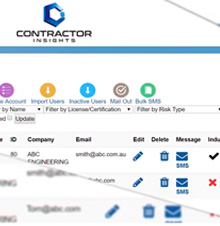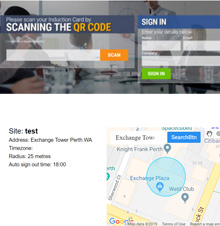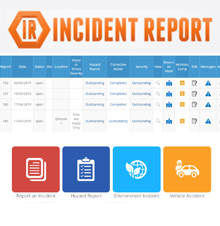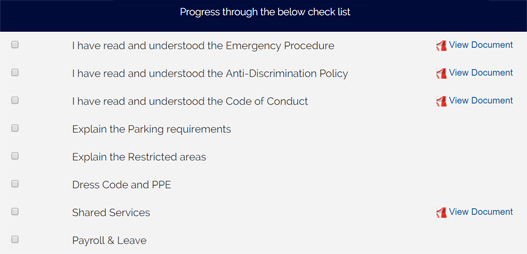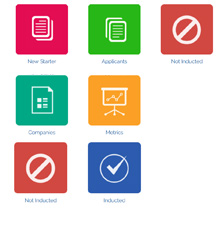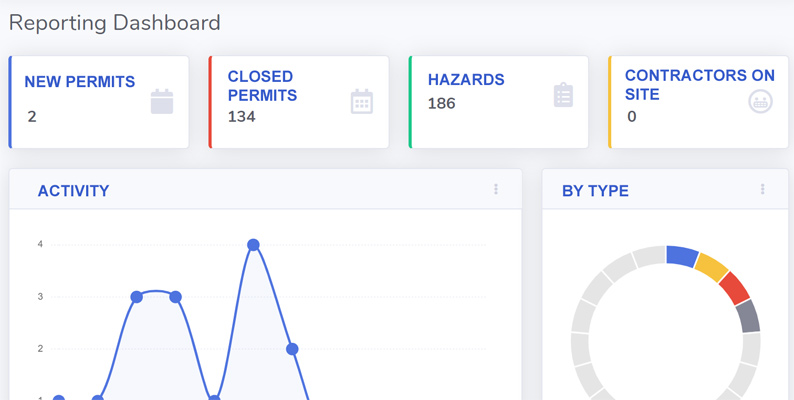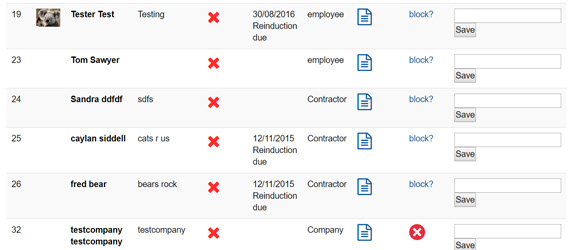How to setup a Contractor Management System?
Online Induction >> How to setup a Contractor Management System?Published 22/09/2025
 Setting up a Contractor Management System can be a complex and time-consuming task, but with the right approach, it can streamline your business operations and ensure compliance with regulations. In this step-by-step guide, we will walk you through the process of setting up a Contractor Management System, covering everything from defining your requirements to selecting the right software and implementing best practices for managing contractors effectively.
Setting up a Contractor Management System can be a complex and time-consuming task, but with the right approach, it can streamline your business operations and ensure compliance with regulations. In this step-by-step guide, we will walk you through the process of setting up a Contractor Management System, covering everything from defining your requirements to selecting the right software and implementing best practices for managing contractors effectively.
Step 1: Define your Contractor Management requirements
The first step in setting up a Contractor Management System is to clearly define your requirements. This involves identifying the types of contractors you work with, the specific tasks they perform, and the level of risk associated with their work. By understanding your needs and objectives, you can select a system that aligns with your business goals and supports efficient contractor management. Identifying the specific challenges and pain points that you aim to address through the implementation of a contractor management system. By conducting a thorough assessment of your current processes and identifying areas for improvement, you can establish clear goals and criteria for evaluating potential solutions. Understanding your organization's unique needs is crucial in selecting the most suitable contractor management system that aligns with your business objectives.Step 2: Evaluate different Contractor Management Systems
Once you have defined your requirements, the next step is to research and evaluate different Contractor Management Systems available in the market. Look for features such as contractor onboarding, compliance management, document storage, performance tracking, and reporting capabilities. Consider factors like scalability, ease of use, integration with other systems, and vendor support to make an informed decision. This involves conducting thorough research on various software solutions, considering factors such as functionality, scalability, ease of use, integration capabilities, and vendor reputation. It's important to involve key stakeholders in this process to gather diverse perspectives and ensure that the selected system aligns with the overall needs of your organization. By thoroughly evaluating different options, you can make an informed decision on which contractor management system best suits your business requirements.Step 3: Contractor Management System Setup
After selecting a Contractor Management System that meets your requirements, it's time to implement the system within your organization. This involves customizing the software to fit your specific needs, migrating existing contractor data into the new system, training employees on how to use the system effectively, and establishing standard operating procedures for contractor management. This involves creating a detailed project plan that outlines key milestones, timelines, resource allocation, training requirements, and communication strategies. It's essential to involve all relevant stakeholders throughout this process to ensure buy-in and alignment across different departments within your organization. Effective planning is crucial in ensuring a smooth transition to the new contractor management system without disrupting ongoing operationsStep 4: Establish Performance
As part of setting up a Contractor Management System, it's crucial to establish best practices for managing contractors effectively. This includes creating clear guidelines for contractor onboarding and offboarding processes, defining key performance indicators for monitoring contractor performance, ensuring compliance with safety regulations and industry standards, and regularly reviewing and updating your contractor management processes. This involves configuring the selected contractor management system according to your specific requirements. This involves customizing workflows, data fields, user permissions, reporting templates, and other settings based on best practices and industry standards. By tailoring the system to meet your exact needs while adhering to industry regulations and compliance standards, you can maximize its effectiveness in managing contractors efficiently while minimizing risks associated with non-compliance or operational inefficiencies.Step 5: Metrics
Ongoing maintenance and optimization are essential for maximizing the benefits of your Contractor Management System. Regularly review system performance metrics and user feedback to identify areas for improvement. Stay updated on industry trends and regulations to ensure that your system remains compliant and effective in managing contractors across different projects or locations. Once the contractor management system is configured according to your specifications, it's essential to conduct thorough testing before rolling it out across your organization. This involves performing rigorous quality assurance checks to ensure that all functionalities work as intended and align with your defined objectives. User acceptance testing should also be carried out by involving end-users who will be using the system on a day-to-day basis. By addressing any issues or discrepancies during testing phases proactively ensures that the implemented solution meets expectations when fully deployed.Step 6: Customisation
A generic setup may not meet all your specific needs, so tailor it carefully to fit your unique processes and workflows. This might involve configuring dashboards or adjusting reporting capabilities according to what matters most for your team. Involve relevant stakeholders during this process—they’ll offer perspectives you might not consider otherwise, ensuring that no critical aspect is overlooked.Step 7: Contractor Management Training
Training is another crucial component when learning how to set up a contractor management system effectively. Even the most intuitive systems require some getting used to and so investing time in comprehensive training sessions for both administrators and end-users pays dividends in smoother transitions later on. Encourage employees to ask questions and voice concerns during this stage; their feedback could highlight potential areas of improvement or further customization needs.Step 8: Contractor Management Implementation
Implementation is where all prior efforts come together - the moment of truth where planning meets reality. Launching should ideally be phased rather than all at once; this helps identify any glitches early without disrupting ongoing operations significantly. Monitor performance closely during initial weeks will reveal whether adjustments are necessary before full-scale deployment across departments or locations.Step 9: Ongoing Evaluation
Continuously evaluate and refine your contractor management system over time as business needs evolve—a static approach rarely serves long-term success well! Regularly seek input from users about what's working efficiently versus what's causing bottlenecks—they're often best positioned due firsthand experience day-to-day interactions within said framework itself! Embrace change positively by adapting accordingly whenever warranted—flexibility remains key element here ultimately ensuring optimal utilization overall!By following these steps meticulously from defining requirements to ongoing maintenance,you can optimize contractor management processes,resulting in improved efficiency,and compliance within your organization. It's time to roll out the newly implemented contractor management system across your organization effectively. This involves providing comprehensive training sessions for end-users at all levels of involvement within your company - from administrators responsible for configuring settings down through front-line workers entering data into their respective systems - ensuring maximum engagement with minimal disruption caused by unfamiliarity or resistance due simply not knowing how things work anymore than they did before these changes took place!



